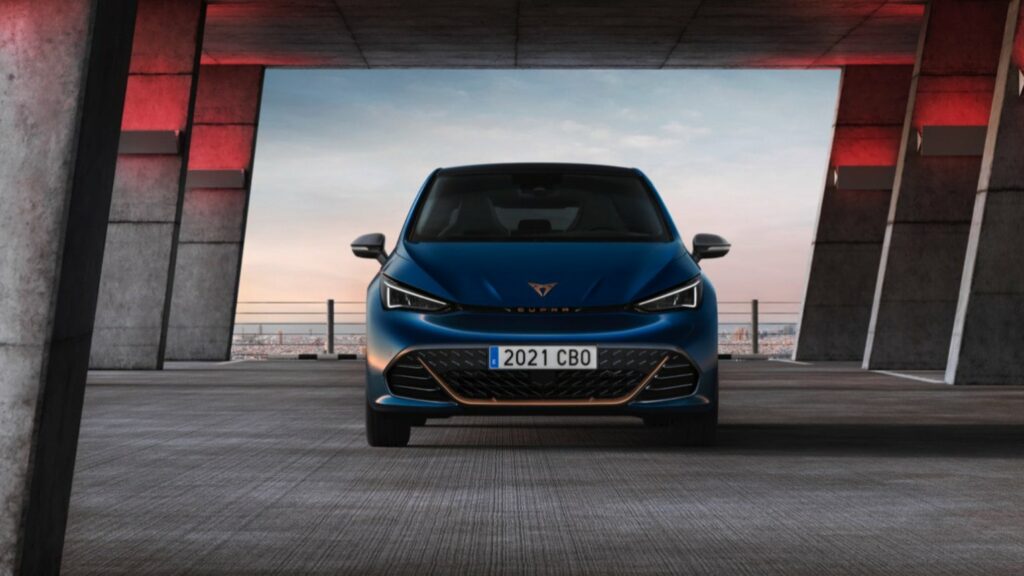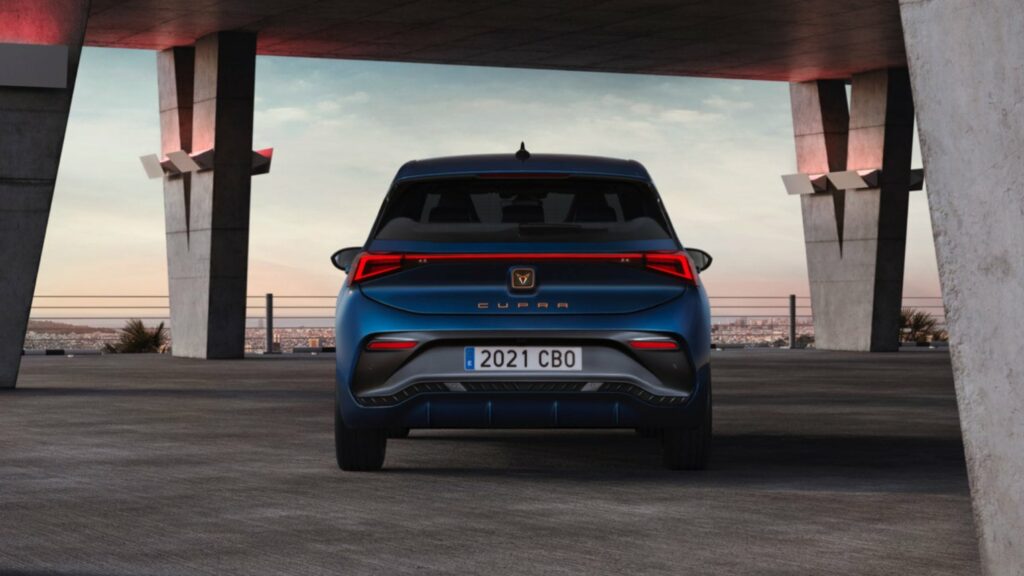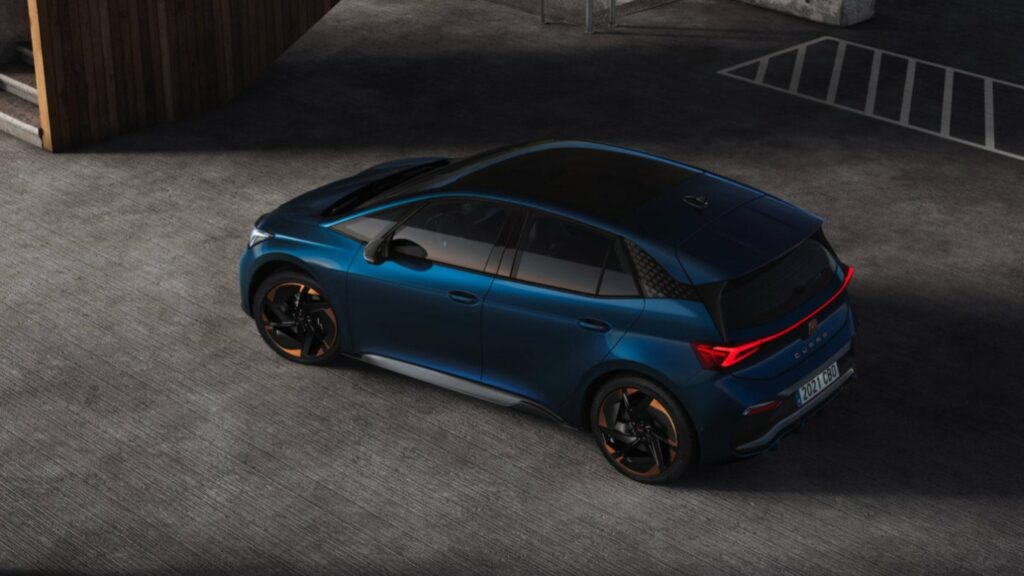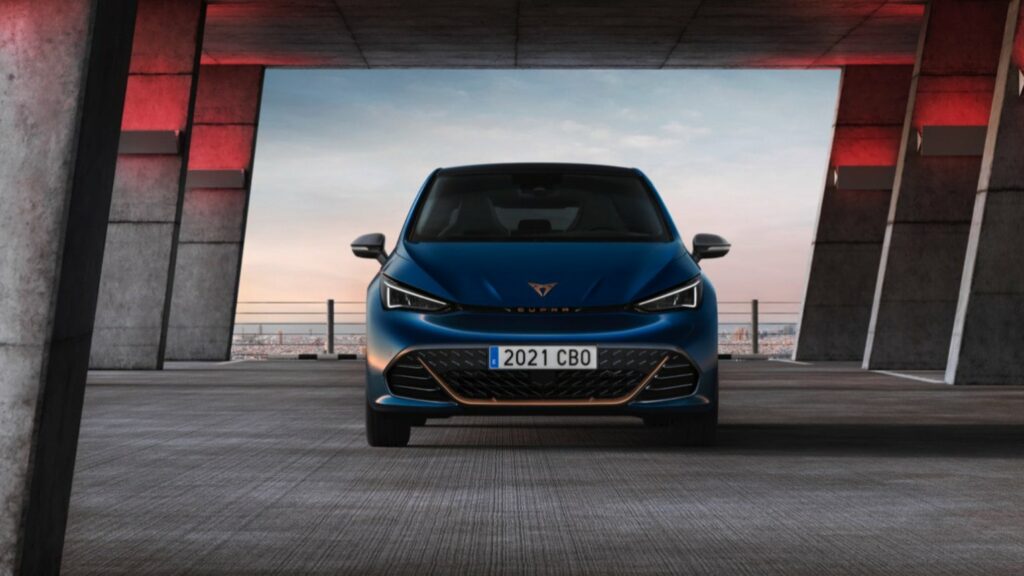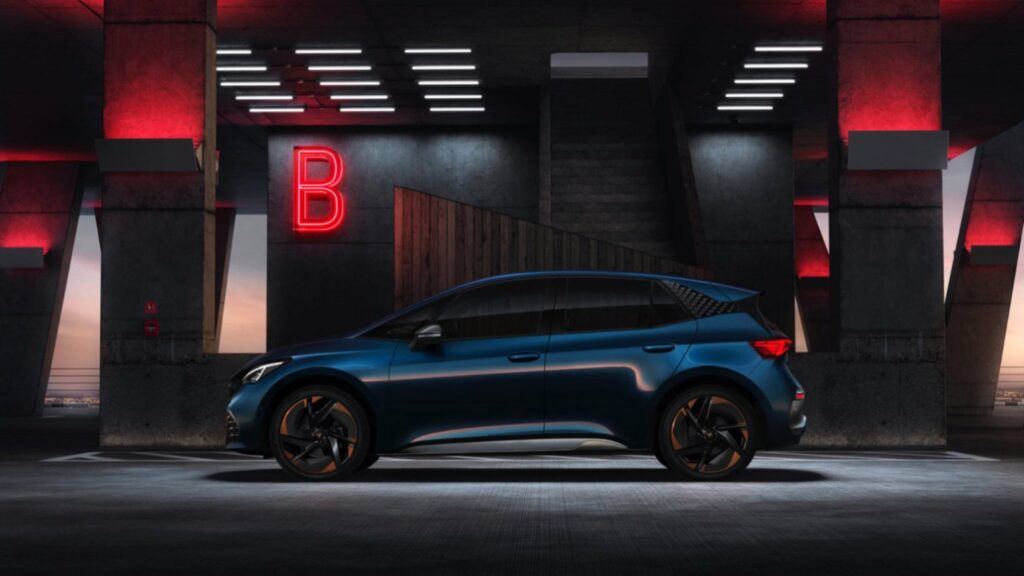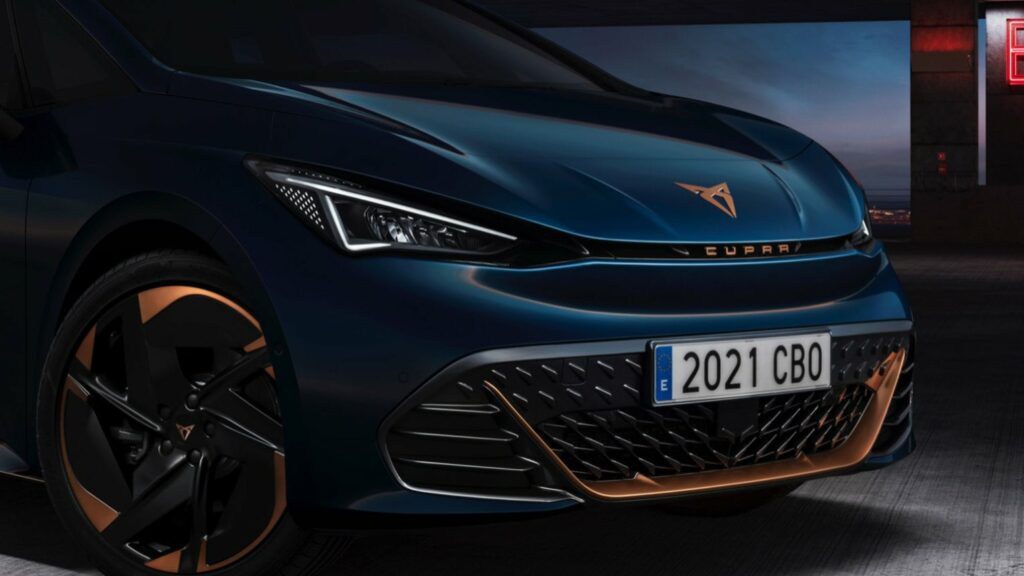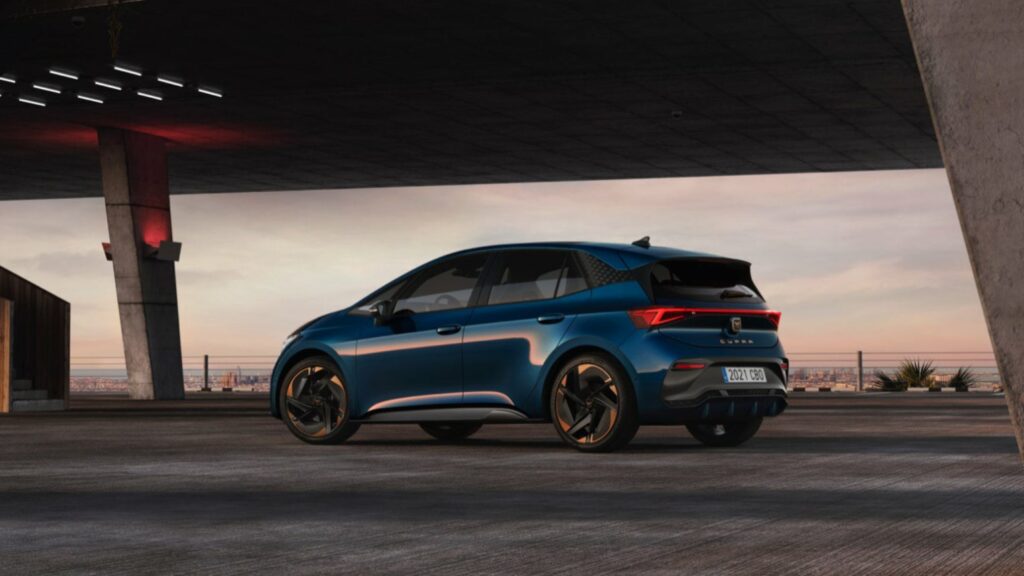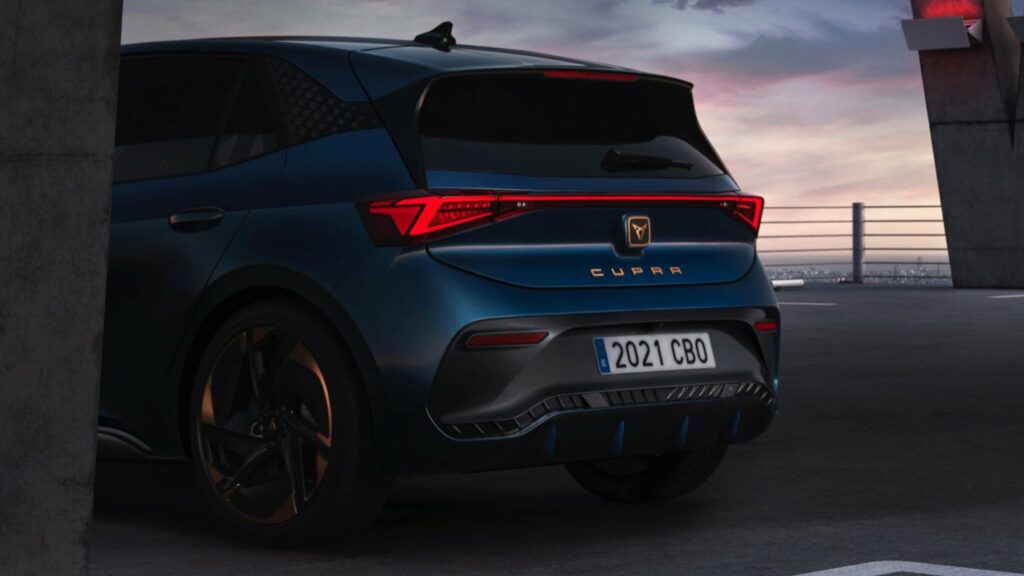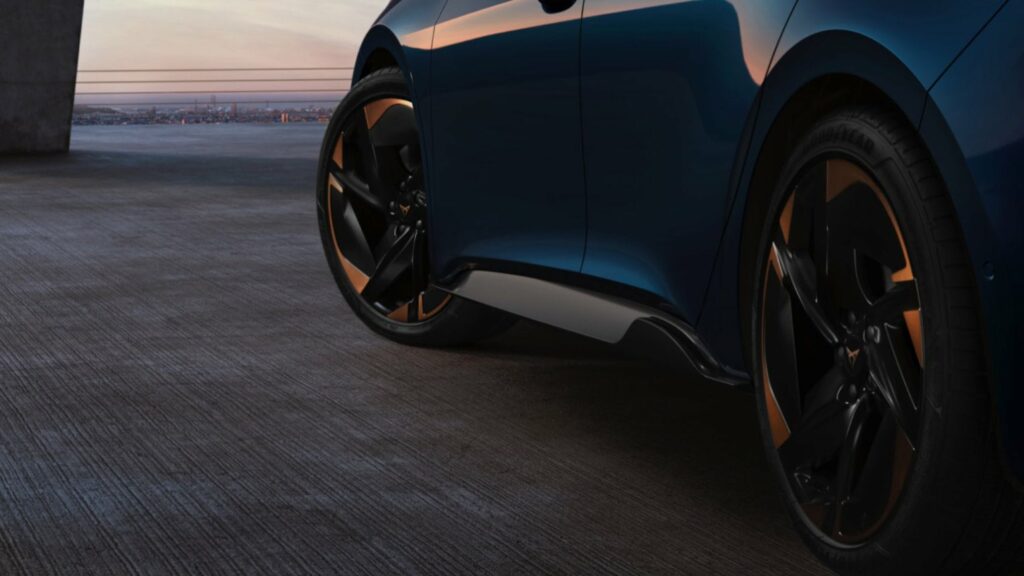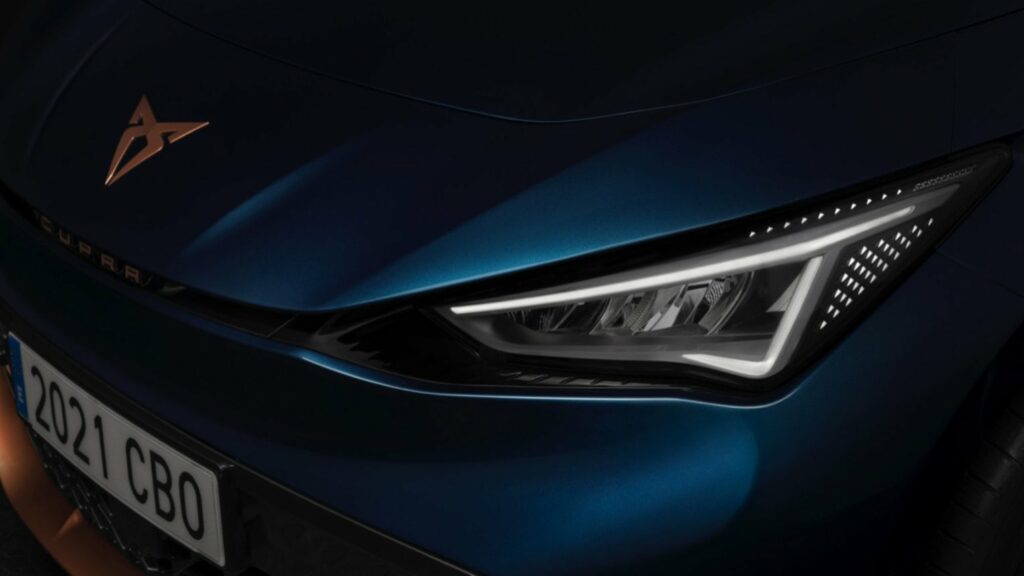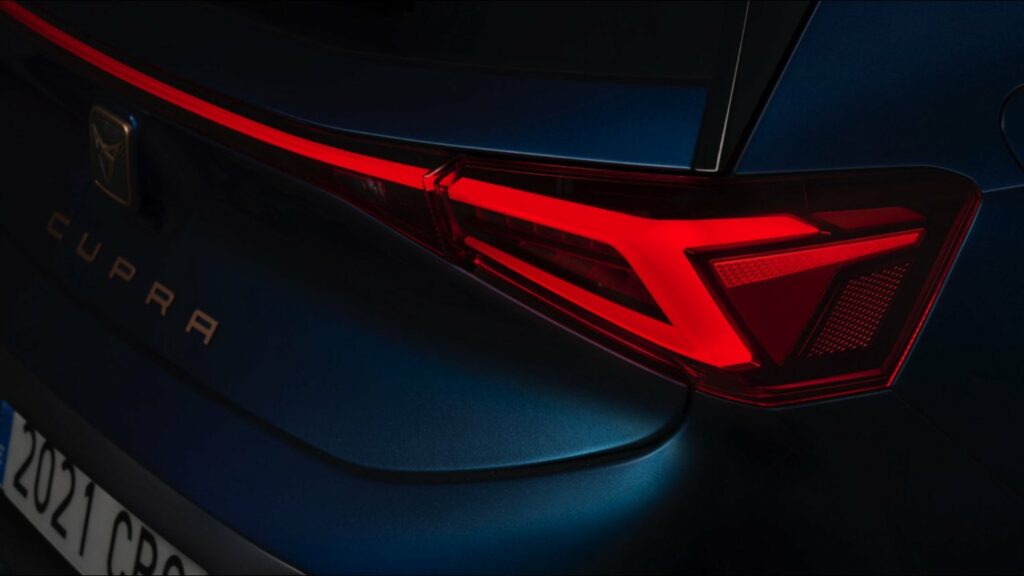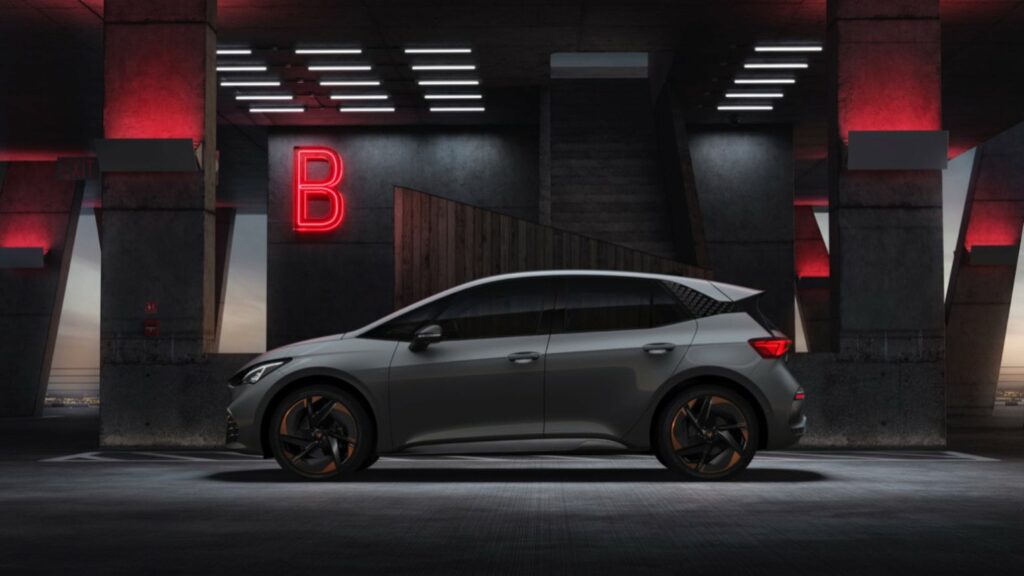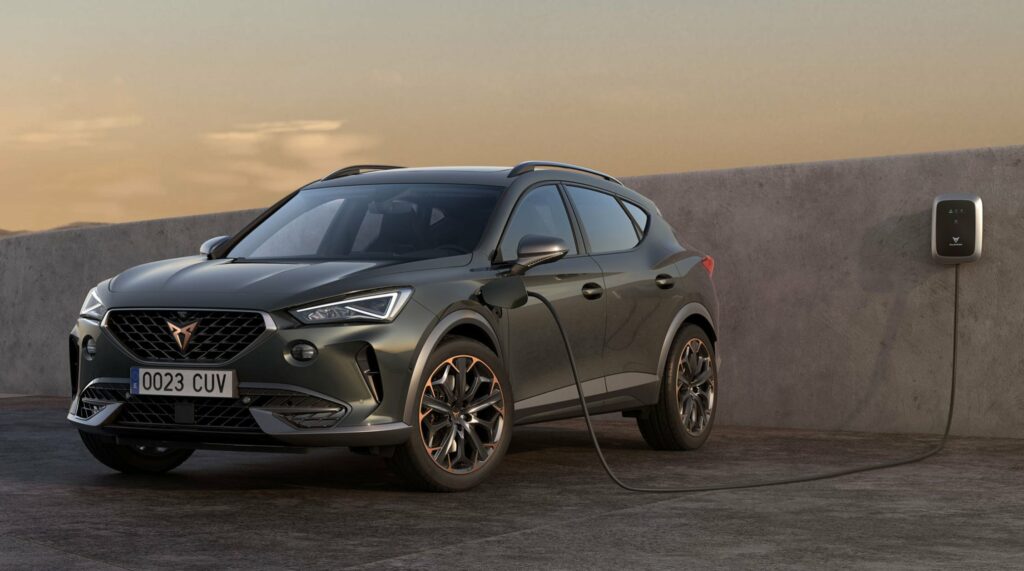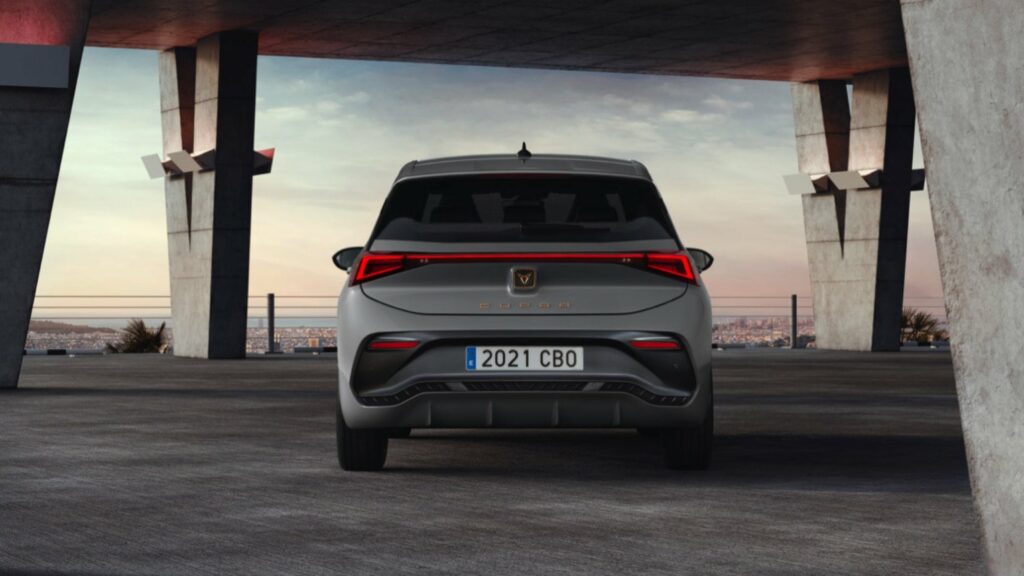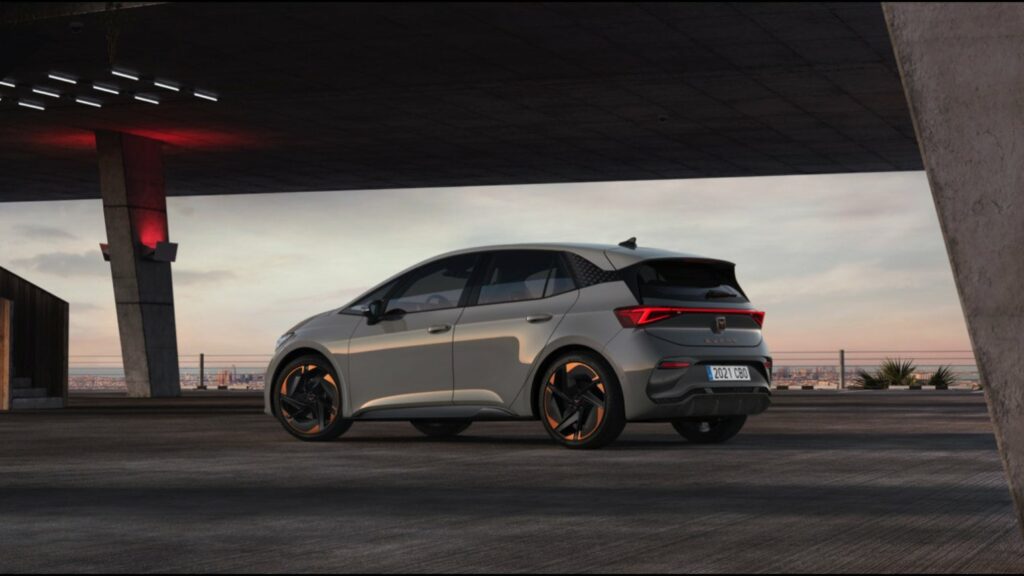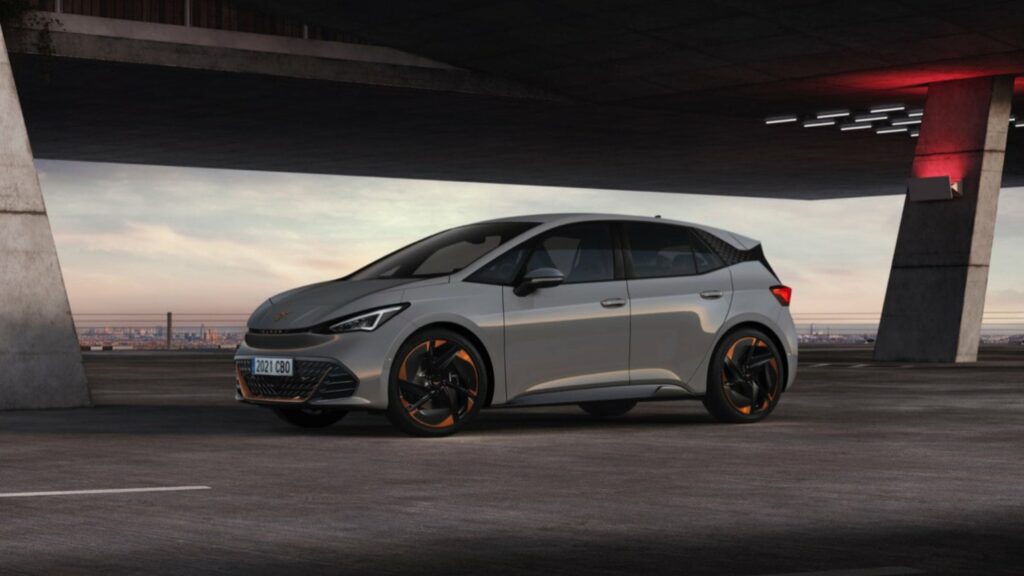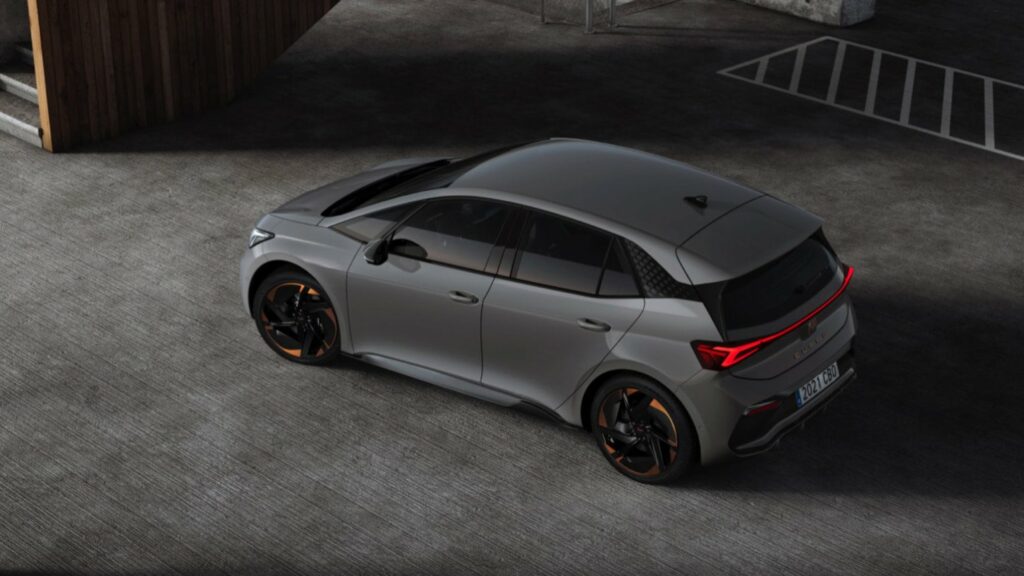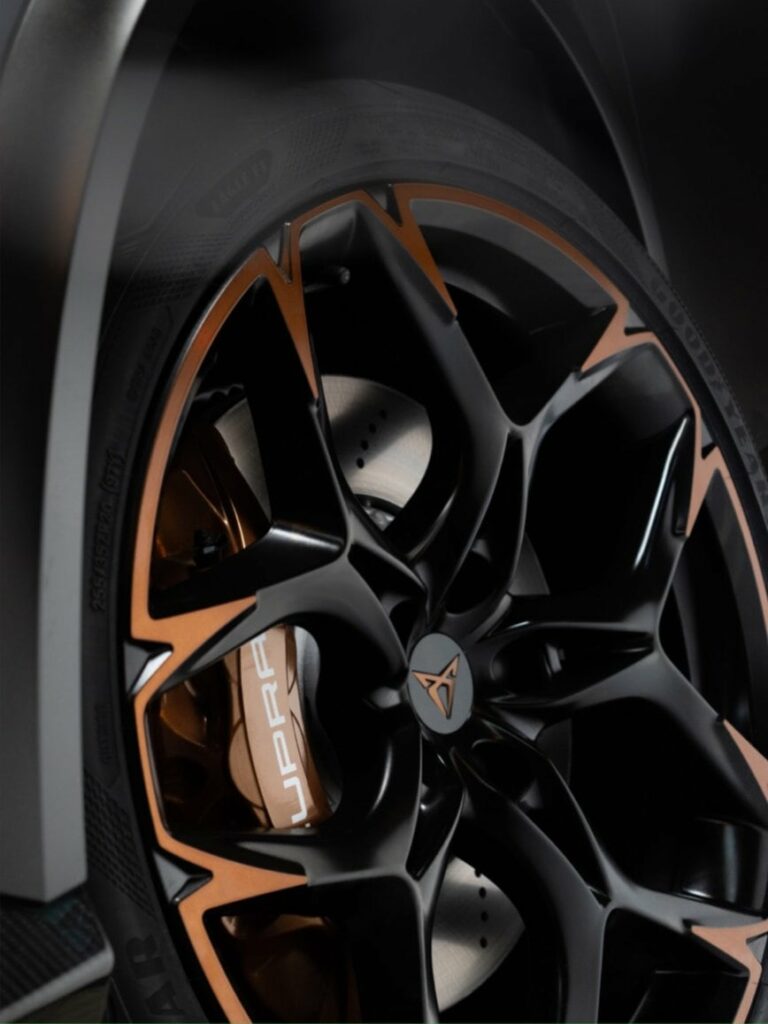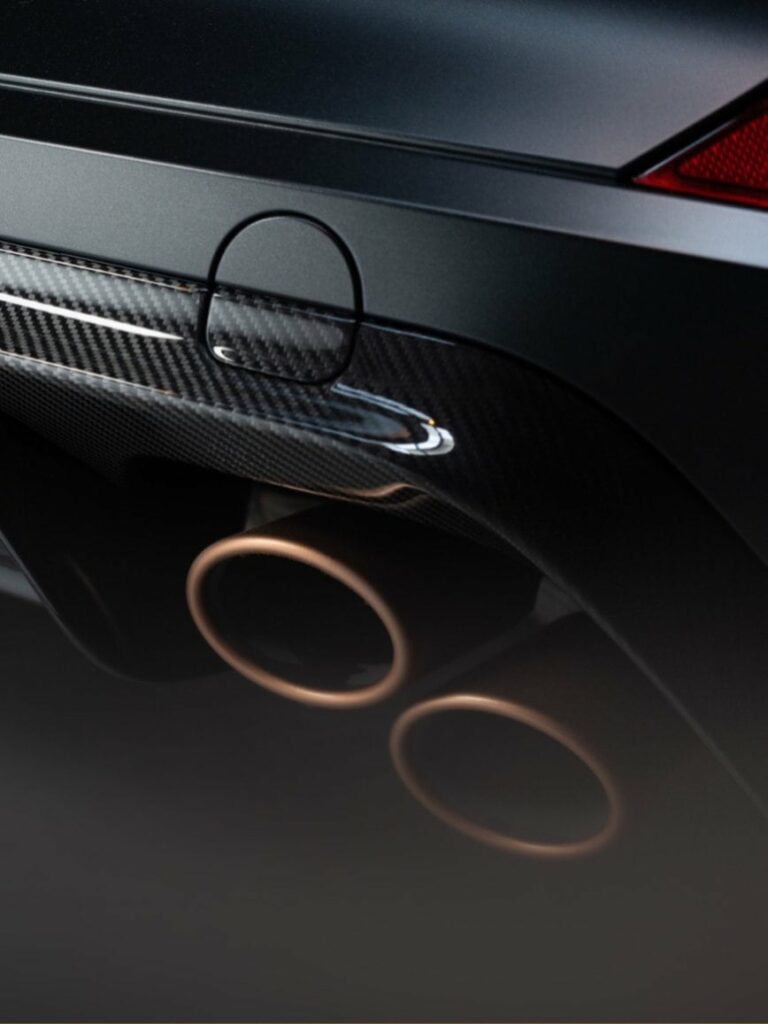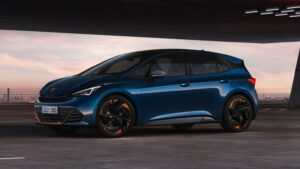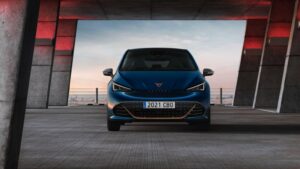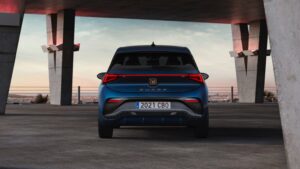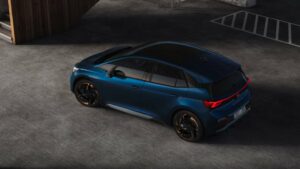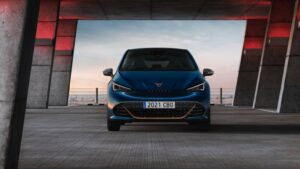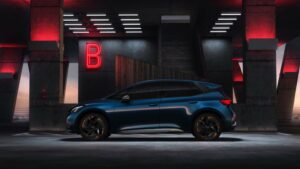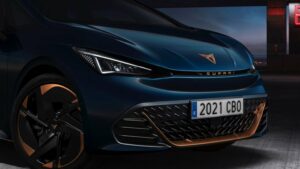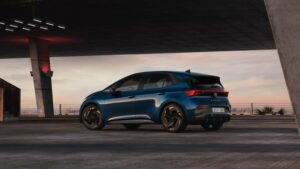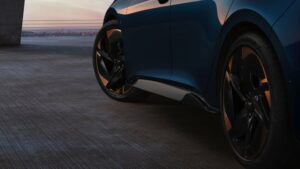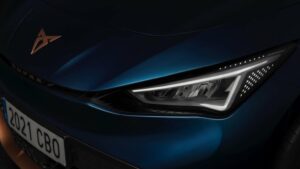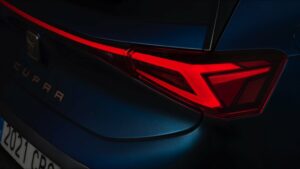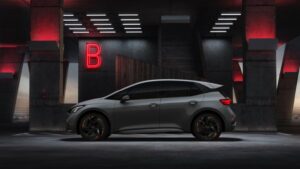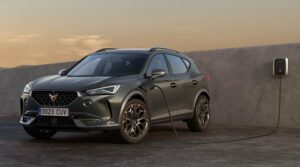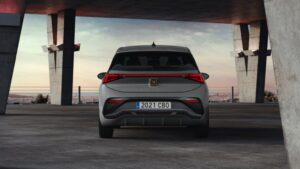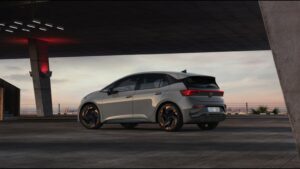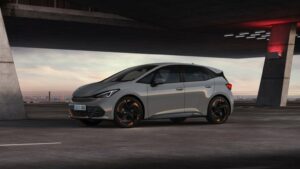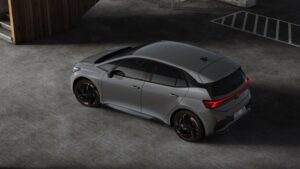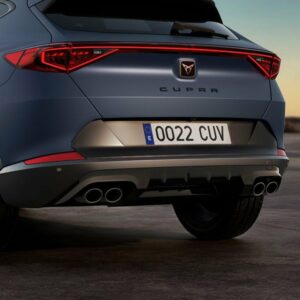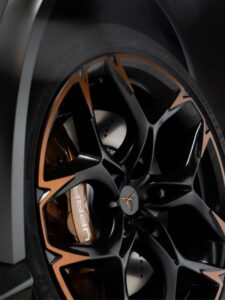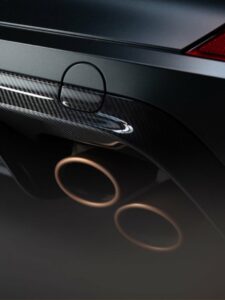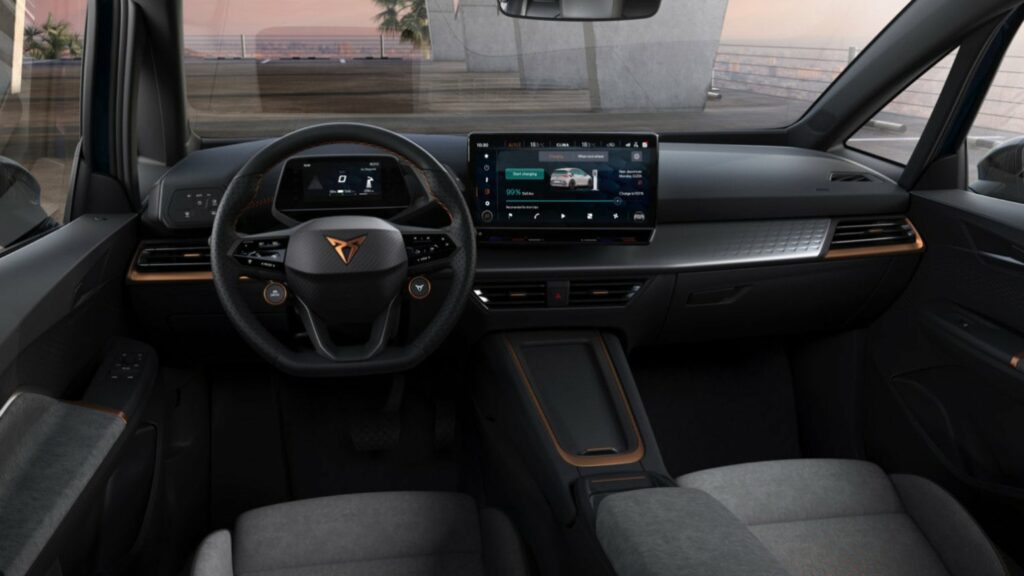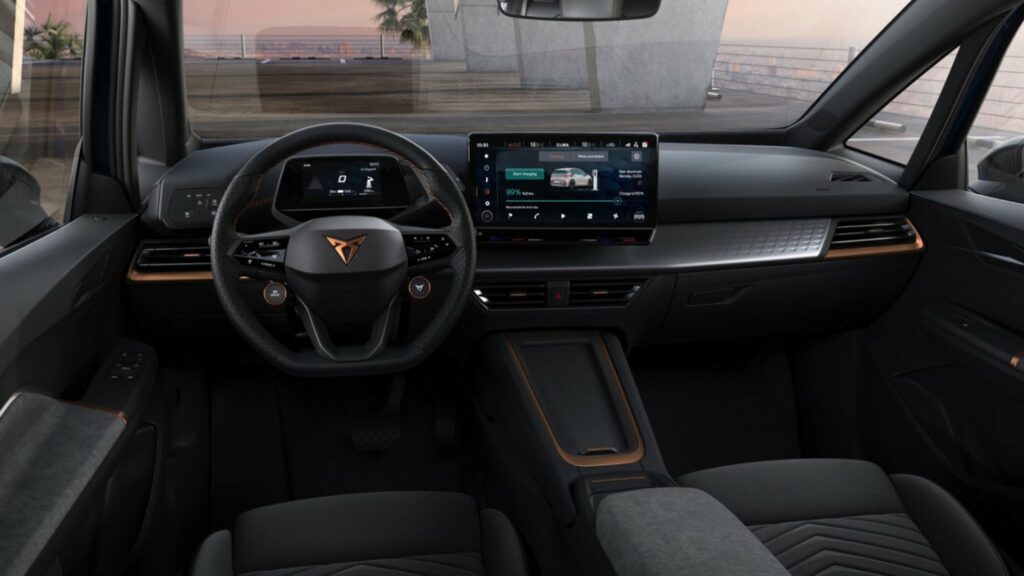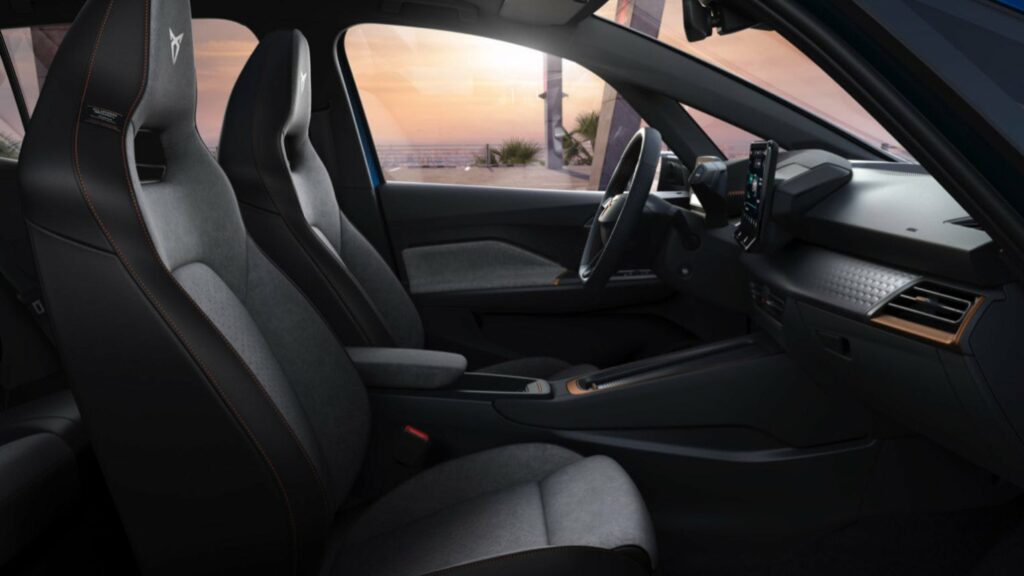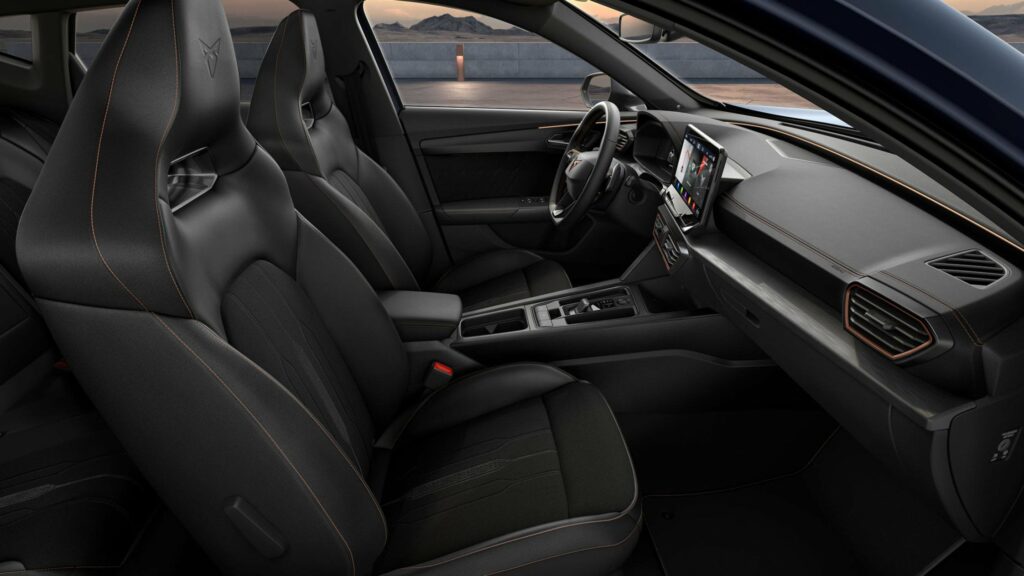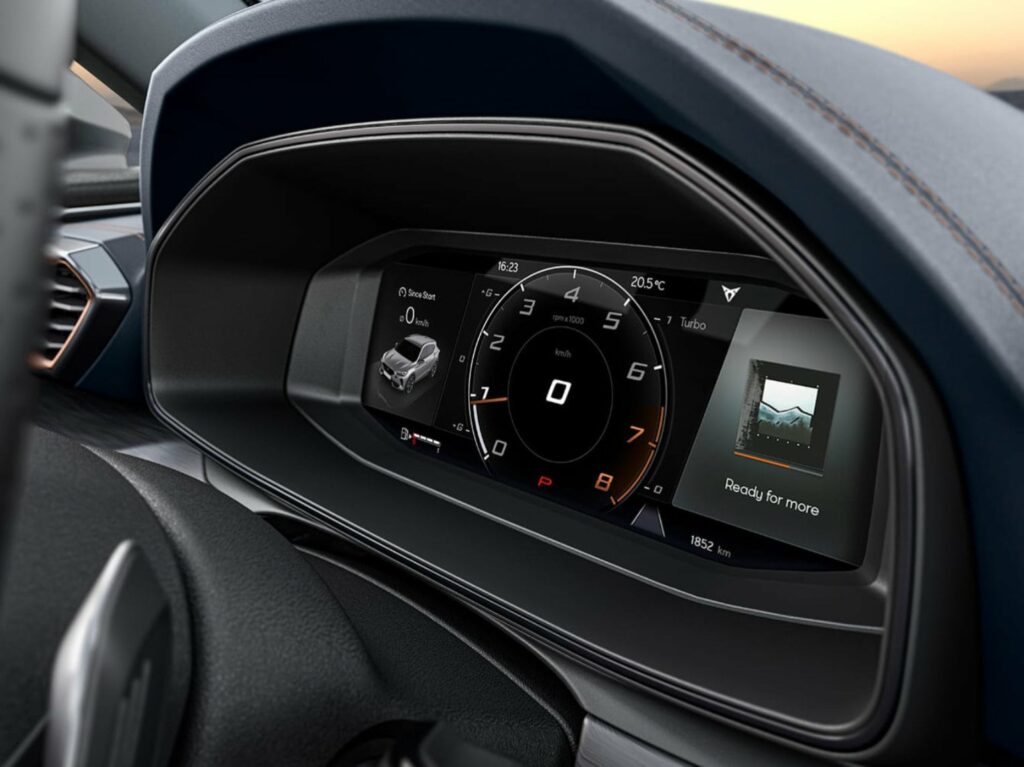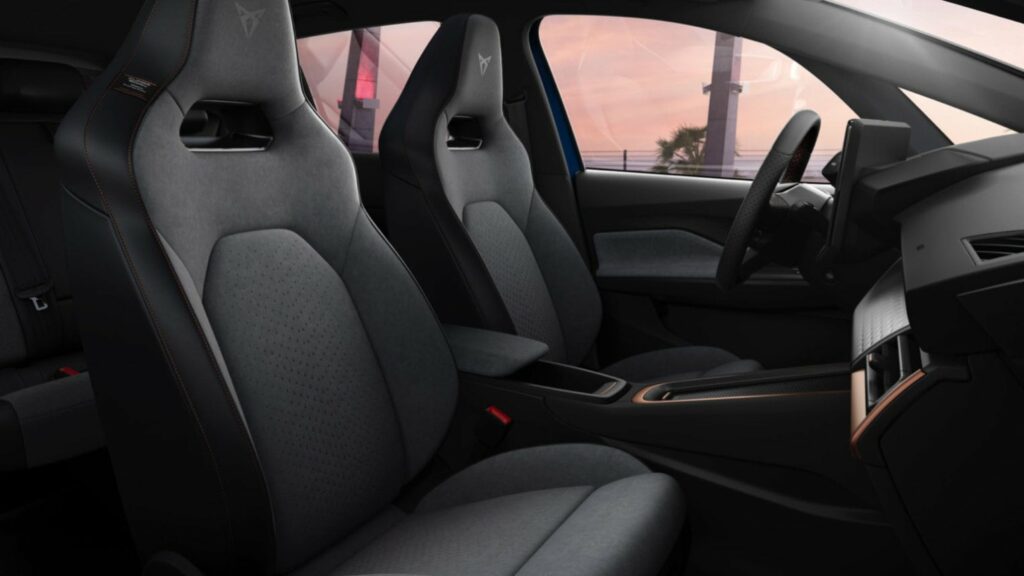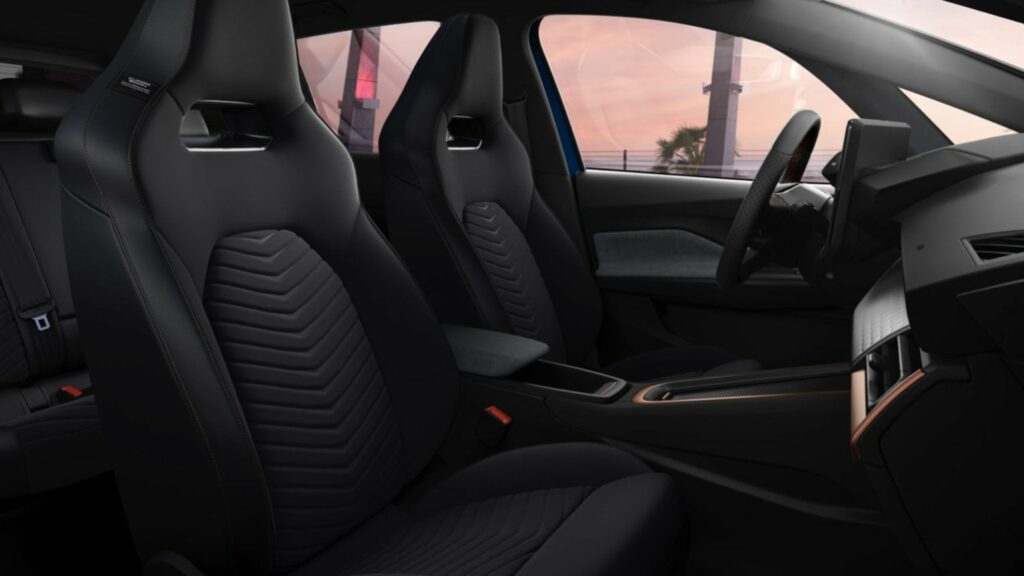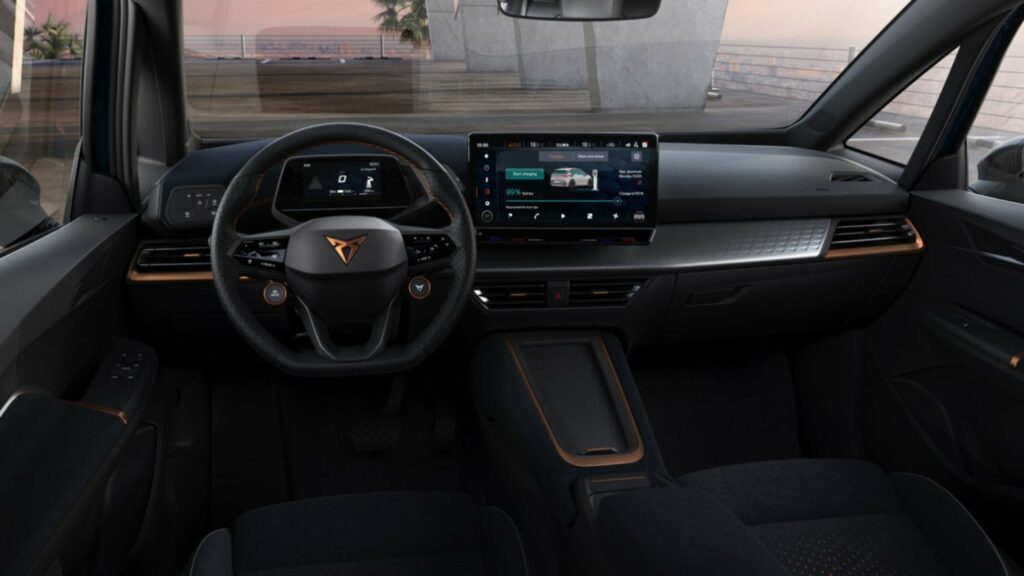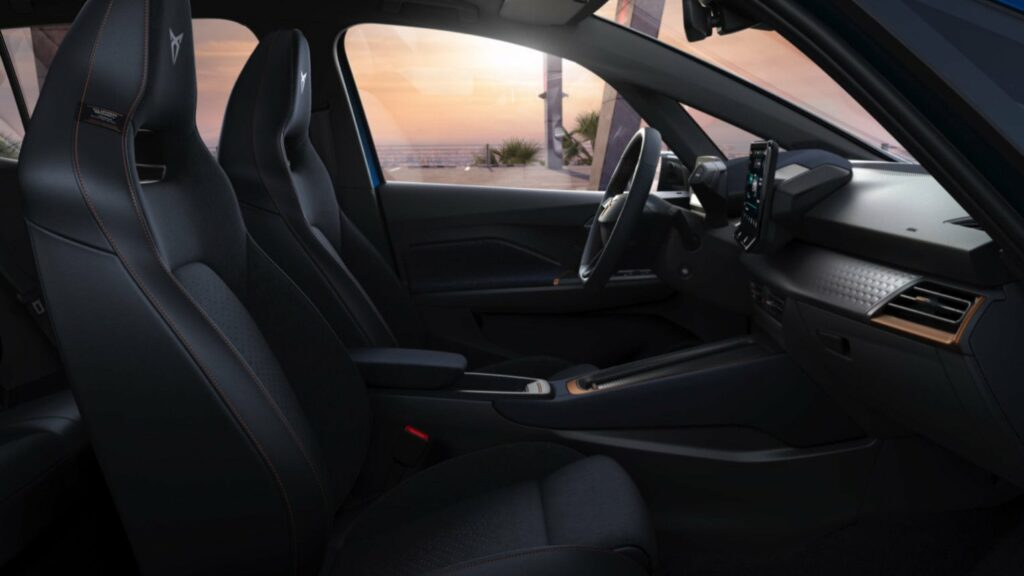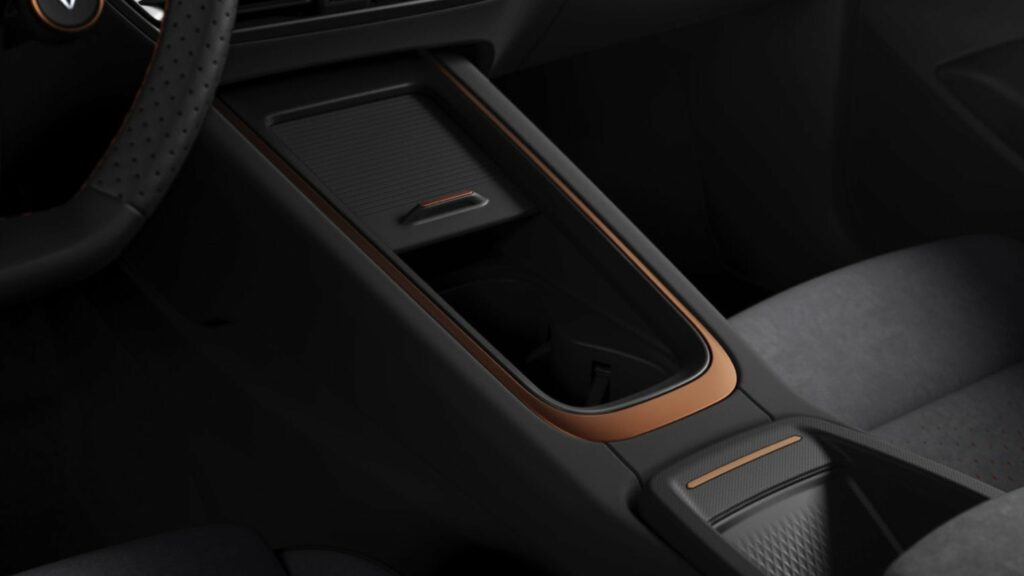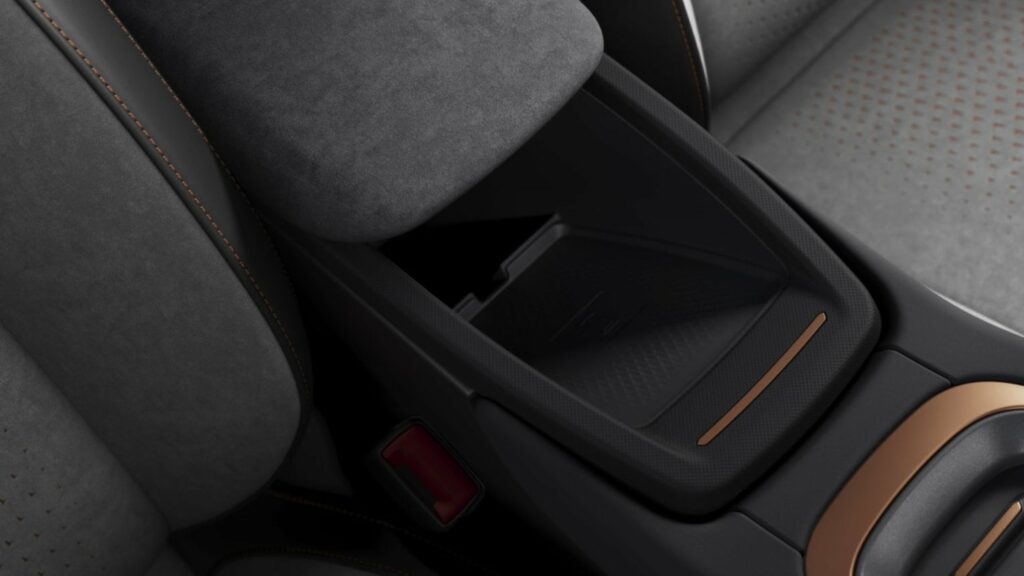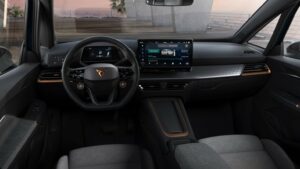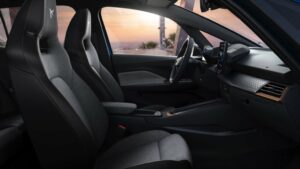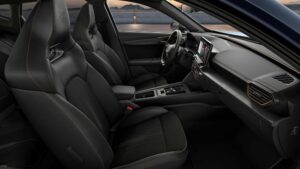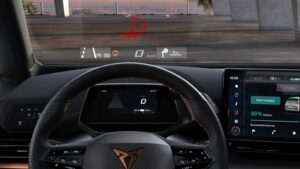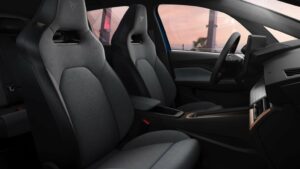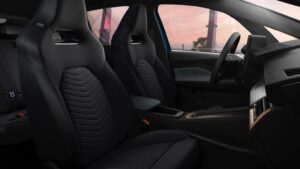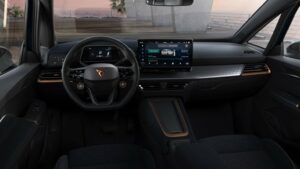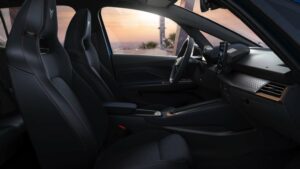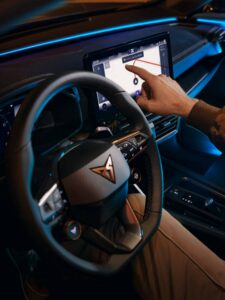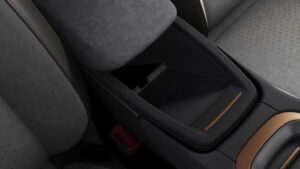CUPRA Born 150 kW – 62 kWh
The CUPRA Born is an all-electric car, expected to be released in 2021. It is equipped with a 150 kW electric motor and a 62 kWh battery, which provides a range of up to 350 km (WLTP cycle). The car is based on Volkswagen Group’s MEB platform, which is designed specifically for electric cars. The CUPRA Born is expected to offer fast acceleration and responsive handling, with a 0-100 km/h (62 mph) acceleration time of about 7.3 seconds.
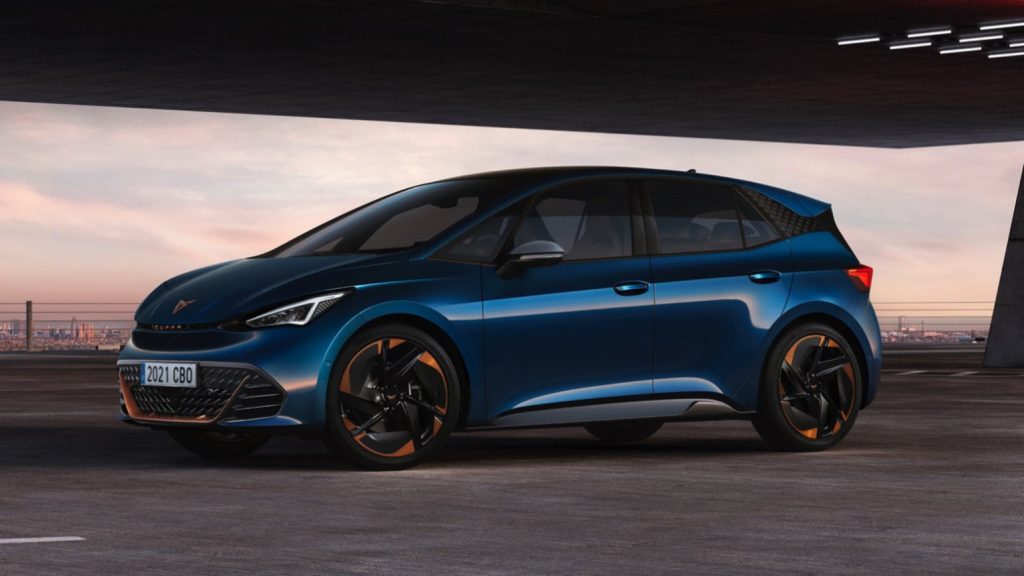
As for charging, the CUPRA Born can charge from 0 to 80 percent in about 35 minutes using a 100 kW DC fast charger. It also supports AC charging up to 11 kW, which provides a full charge in about 7 hours.
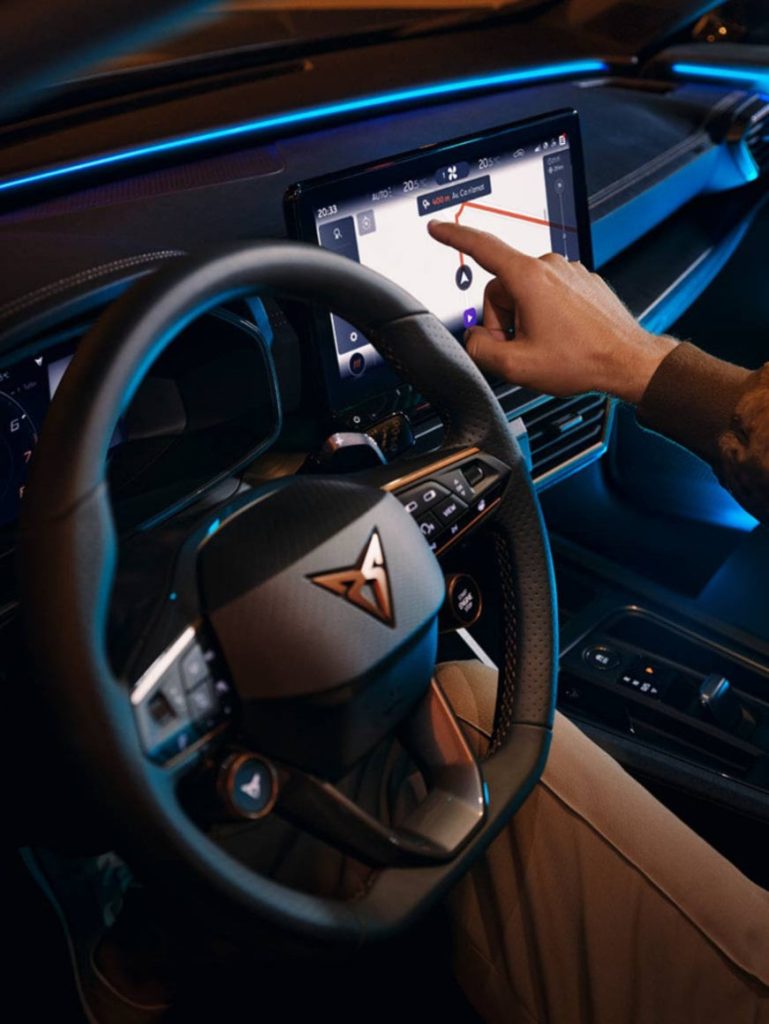
Overall, the CUPRA Born is a promising electric vehicle that offers a good balance of range, performance, and charging capabilities. It is expected to compete with other popular electric cars on the market, such as the Tesla Model 3, Volkswagen ID.4, and Hyundai Kona Electric.
| Performance | |
| Acceleration 0 – 100 km/h | 7.3 sec |
| Top Speed | 160 km/h |
| Electric Range * | 350 km |
| Total Power | 150 kW (204 PS) |
| Total Torque | 310 Nm |
| Drive | Rear |
| Battery and Charging | |
| Battery Capacity | 62.0 kWh |
| Battery Useable | 58.0 kWh |
| Europe | |
| Charge Port | Type 2 |
| Port Location | Right Side – Rear |
| Charge Power | 11 kW AC |
| Charge Time (0->350 km) | 6h15m |
| Charge Speed | 56 km/h |
| Fastcharge Port | CCS |
| FC Port Location | Right Side – Rear |
| Fastcharge Power (max) | 100 kW DC |
| Fastcharge Time (35->280 km) | 33 min |
| Fastcharge Speed | 440 km/h |
| Energy Consumption | |
| EVDB Real Range | |
| Range * | 350 km |
| Vehicle Consumption * | 166 Wh/km |
| CO2 Emissions | 0 g/km |
| Vehicle Fuel Equivalent * | 1.9 l/100km |
| WLTP Ratings | |
| Range | 427 km |
| Rated Consumption | 134 Wh/km |
| Vehicle Consumption | 136 Wh/km |
| CO2 Emissions | 0 g/km |
| Rated Fuel Equivalent | 1.5 l/100km |
| Vehicle Fuel Equivalent | 1.5 l/100km |
|
Rated = official figures as published by manufacturer. Rated consumption and fuel equivalency figures include charging losses.
|
|
|
Vehicle = calculated battery energy consumption used by the vehicle for propulsion and on-board systems.
|
|
| Real Energy Consumption Estimation between 113 – 232 Wh/km | |
| City – Cold Weather * | 171 Wh/km |
| Highway – Cold Weather * | 232 Wh/km |
| Combined – Cold Weather * | 197 Wh/km |
| City – Mild Weather * | 113 Wh/km |
| Highway – Mild Weather * | 181 Wh/km |
| Combined – Mild Weather * | 145 Wh/km |
|
Energy use for each trip will vary considerably depending on the driver and the conditions. Therefore, we have provided a range of estimates which can be useful in developing an understanding of the potential benefits of this technology. |
|
| Dimensions and Weight | |
| Length | 4322 mm |
| Width | 1809 mm |
| Width with mirrors | No Data |
| Height | 1537 mm |
| Wheelbase | 2766 mm |
| Weight Unladen (EU) | 1811 kg |
| Gross Vehicle Weight (GVWR) | 2260 kg |
| Max. Payload | 524 kg |
| Cargo Volume | 385 L |
| Cargo Volume Max | No Data |
| Cargo Volume Frunk | 0 L |
| Roof Load | No Data |
| Tow Hitch Possible | No Data |
| Towing Weight Unbraked | No Data |
| Towing Weight Braked | No Data |
| Vertical Load Max | No Data |
| Miscellaneous | |
| Seats | 5 people |
| Isofix | No Data |
| Turning Circle | 10.2 m |
| Platform | VW MEB |
| Car Body | Hatchback |
| Segment | C – Medium |
| Roof Rails | No Data |
| EV Dedicated Platform | Yes |
Home and Destination Charging (0 -> 100%)
A public charging station is required to use the highest possible charging rate. The EVSE/charging station’s charging capacity affects how long it takes to fully charge the battery. The table below shows all possible options for fully charging the CUPRA Born 150 kW – 62 kWh.
In Europe, plugging an electric car into an outlet is often as easy as plugging it into a household outlet, but there are differences from country to country. The table below shows the different ways to charge the CUPRA Born 150 kW – 62 kWh, but in some countries some chargers may not be available.
Type 2 ( IEC 62196)

| Charging Point | Max. Power | Power | Time | Rate |
| Wall Plug (2.3 kW) | 230V / 1x10A | 2.3 kW | 29h45m | 12 km/h |
| 1-phase 16A (3.7 kW) | 230V / 1x16A | 3.7 kW | 18h30m | 19 km/h |
| 1-phase 32A (7.4 kW) | 230V / 1x32A | 7.4 kW | 9h15m | 38 km/h |
| 3-phase 16A (11 kW) | 400V / 3x16A | 11 kW | 6h15m | 56 km/h |
| 3-phase 32A (22 kW) | 400V / 3x16A | 11 kW | 6h15m | 56 km/h |
Fast Charging (10 -> 80%)
If you want to enjoy driving an electric car, one of the most important features to consider is the number of miles per hour the car can travel while charged. This is called the “range” of the car. All electric cars have a certain range, even if they are 100% charged. This is because they do not have an internal combustion engine to lean on if you need to drive a long distance.
Max. Power: The maximum power provided by the charging point
Avg. Power: The average power provided by the charging point during a session of 10% to 80%.
Time: the time it takes to charge from 10% to 80%
Speed: the average charging rate during the session of 10% to 80%
Combined Charging System (CCS Combo 2)
| Charging Point | Max. Power | Avg. Power | Time | Rate |
| CCS (50 kW DC) | 50 kW | 40 kW | 64 min | 230 km/h |
| CCS (100 kW DC) | 100 kW | 78 kW | 33 min | 440 km/h |
| CCS (150 kW DC) | 100 kW | 78 kW | 33 min | 440 km/h |
| Brand | CUPRA |
| Model | Born 150 kW - 62 kWh |
| Body Style | Hatchback |
| Car Engine | electric |
| Motor power | 150 |
| Maximum Torque, Nm | 310 |
| Battery Energy, kWh | 62.0 |
| Power reserve (NEDC/EPA/WLTP), km | - / - / 350 |
| Level Charging (230/400/DC), hours | - / 6.15 / 0.33 |
| Electrical Acceleration, 0-100 km/h (0-62.1 mph) in sec | 7.3 |
| Top Speed, km/h | 160 |

